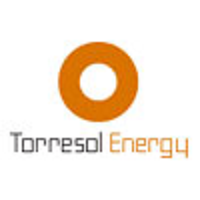
Torresol Energy Investments
Torresol Energy, an alliance of the SENER and Masdar companies, was created with the objective of becoming a leader in the solar energy sector by concentration and the mission of promoting technological development and the exploitation of large solar plants by concentration throughout the world